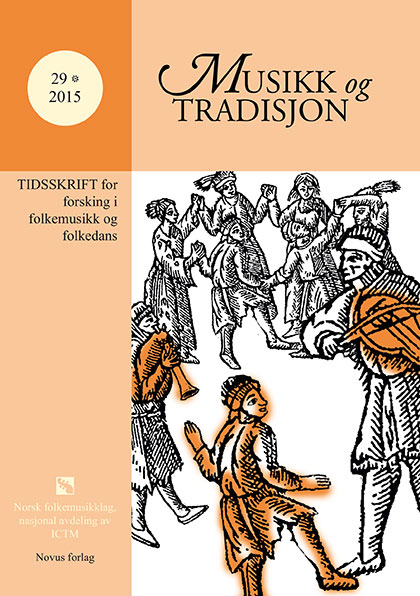Abstract
[1] In this article I present some considerations on the measuring of musical rhythm with earlier research on rhythm and timing in Scandinavian traditional fiddle music as a point of reference (Ahlbäck, 1995; Bengtsson. 1974; Blom, 1981, 1993; Johansson, 2010a, 2010b, 2015; Kvifte, 1999, 2004; Waadeland,2000). The styles of music in question are called pols, springar or polska and often share the feature of being rhythmically irregular with beats of different (asymmetrical triple meter with long-average-short or short-long-average beat cycles) and varying duration.1 In addition, the fiddle (here also including the Norwegian Hardanger fiddle) produces sound images which are particularly challenging to account for in terms of rhythmic onsets or attack points. These features provide an interesting point of departure for discussing the merits of different approaches to measuring rhythm, here understood as the systematic determination of the duration of rhythmic units (measures, beats and individual notes/tones/sounds). Such determination equals the identification of attacks/onsets and the subsequent measurement of inter-onset intervals (IOIs) (Danielson, 2010). It is important to note that IOIs represent but one out of several aspects, or outputs, of timing behavior (see below), which implies that possibilities for generalization should be defined accordingly.
This work is licensed under a Creative Commons Attribution-NonCommercial-ShareAlike 4.0 International License.
Copyright (c) 2016 Musikk og Tradisjon

